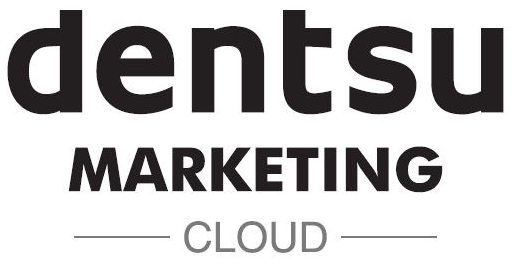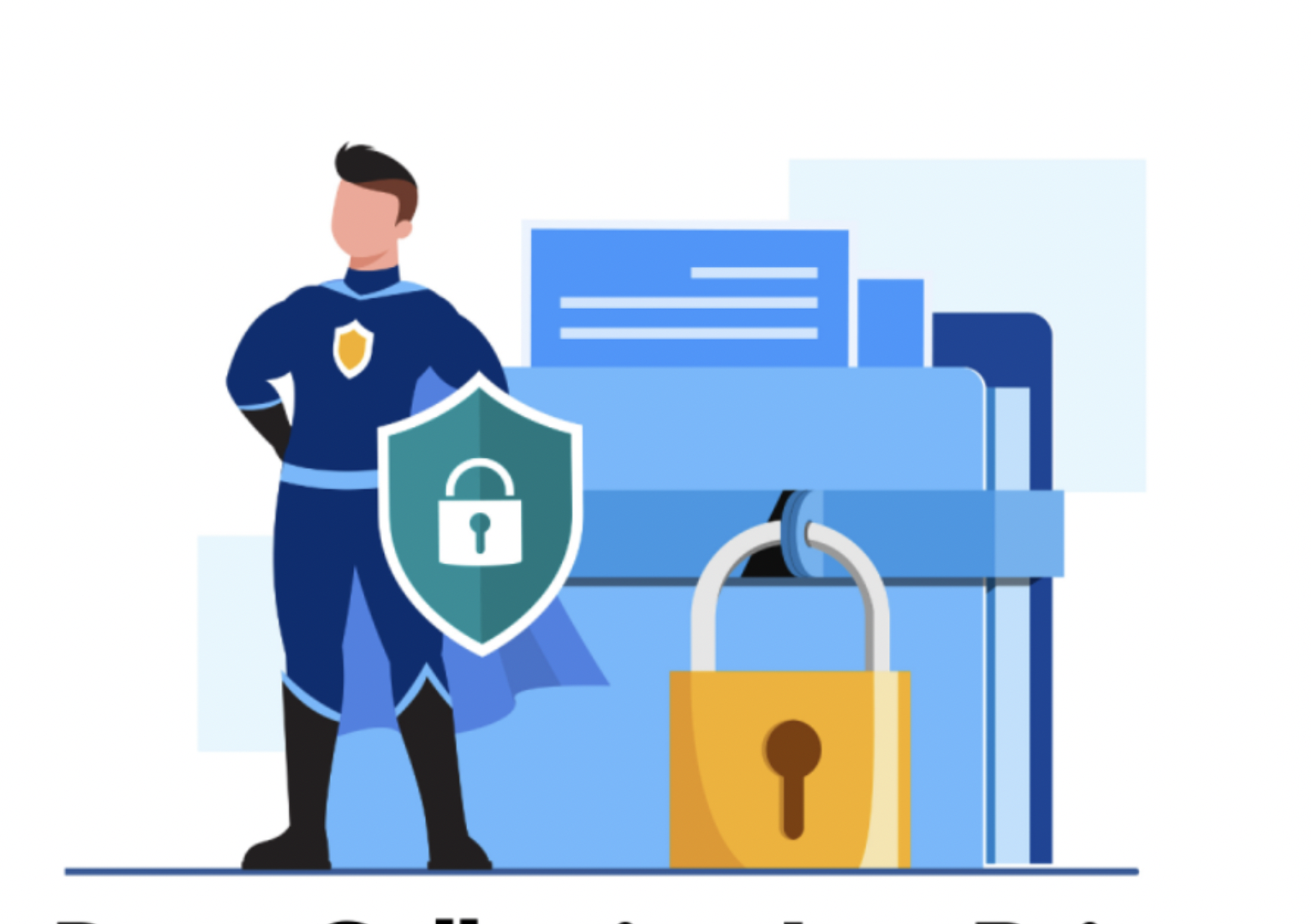In today’s digitized and connected world, personal data is being collected at an exponential rate. We are producing this in the form of digital footprints that we leave whenever we access a website, click a photo, make a phone call, etc. With the new privacy policies & cookie less platforms coming into effect, advertisers have started to realize that the way they used to collect the data to target and market their potential customers is going to change drastically, if it has not already.
Personal data is so valuable that it is vulnerable to theft or misuse. This has raised a number of questions on how a company is making sure that the personal data is secure with them. Clearly, there is a massive disconnect between the customers and companies on how they collect, use and transfer their personal data further.
In order to understand how the data can be collected in a safe, responsible & secure manner, the advertisers must first understand the different data types they can use to target their customers. Accordingly, they can devise the strategies to secure the data sets.
What is 1st Party Data?
The information that you collect directly from your customers is known as 1st Party Data. It includes the following:
- Data from actions demonstrated across your website(s) or app(s) by the users accessing it.
- Data that you have in your own CRM.
- Subscription based data.
It may also include some non-online information such as completed surveys or customer feedback stored in your CRM database.
The company / brand / advertiser can use this data (digital interactions, purchase history, behaviour, preferences, etc.) to create ads, content, and experiences catering to an individual’s interests.
How to securely collect 1st Party data?
Since you are the first point of contact with the customer, it becomes your responsibility to keep the customer informed about the data collection.
You need to make sure that a notice is put up on the website / application, that clearly states the intent to collect the data from the customers. This should also include the details about the various purposes for which the data may be used (like ad targeting, product updates, etc.)
Another step that needs to be taken care of is to take consent from your customers. This should be explicitly given. The advertisers must NEVER imply any consent.
What is 2nd Party Data?
2nd Party data is essentially 1st Party data from a trusted partner. This data set is not available for sale in the open market. Hence, it is of much more value than 3rd Party data.
For example, a credit card company may get customer information from a food delivery platform. It can use this to target its marketing to specific individual’s needs and interests.
How to securely collect 2nd Party data?
In this case, you would not be the first point of contact with the customers. So the responsibility to give out the notices & collection of consents lies with the partner from whom you would be buying the data set. The partner has to make sure that it informs its customers that their data would be shared with another party. The customer may or may not withdraw their consent at this moment as well.
In case, you wish to use this data set for a purpose that the partner has not informed the customers already. You will have to inform the customer on your own about this & also collect consent specifically for the additional purpose before you start utilising it.
What is 3rd Party Data?
3rd Party data often comes from a variety of sources. It is pulled out from a lot of websites, platforms where it was generated. The data is then aggregated & segmented before it is sold to various firms for their use. The aggregators pay the publishers & 1st party data owners to access their data sets, which in turn they sell ahead.
This data set is not exclusive. It is available in to all the buyers. So your competitor may have access to the same data set & you might not be able to get much differentiating value out of it.
How to securely collect 3rd Party data?
You can get hold of the 3rd Party Data by simply getting into a contract with the aggregators who are willing to sell the data sets to you. Since you are not the first point of contact, you do not need to worry about collecting consents or giving out notices to the customers.
Also, you should make sure that the data comes in to you in a hashed format (preferably SHA 256), which is supported by a lot of platforms. In this way, no one will be able to identify any user singularly. You can simply upload this audience set on the platforms like FB & Google to start targeting the customers with your ads.
To summarise, taking the HIGH LEVEL Accuracy & Privacy View, 1st Party Data is considered to be the BEST, Closely followed by the 2nd Party data sets. They will give you the highest value that you wish to extract in terms of ad targeting.
Finally, doing all of the above helps in building trust with the customer & gives them more control of their data. The user is better informed & can take decisions about its data in a much more efficient manner.
For further queries, please reach out to us at dmcsupport@dentsu.com.



![Read more about the article Product Update: The New DMC Campaign Manager [Budget]](/wp-content/uploads/2021/09/3-300x169.png)